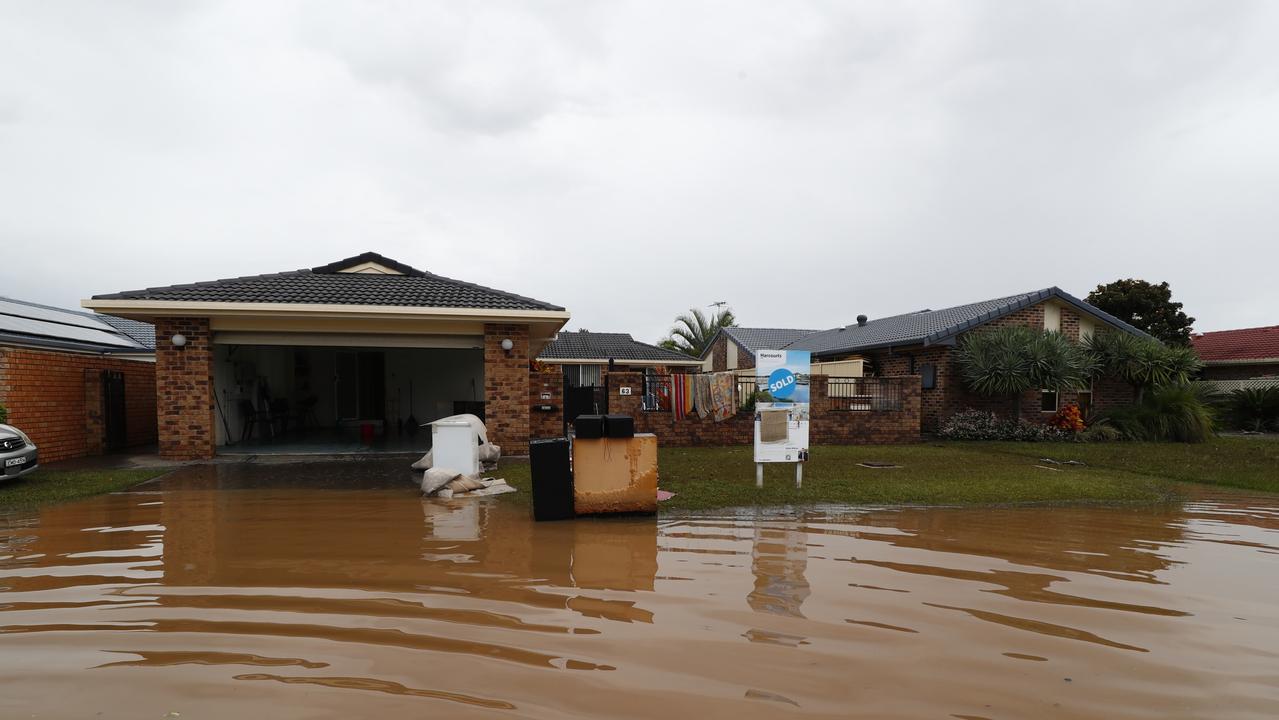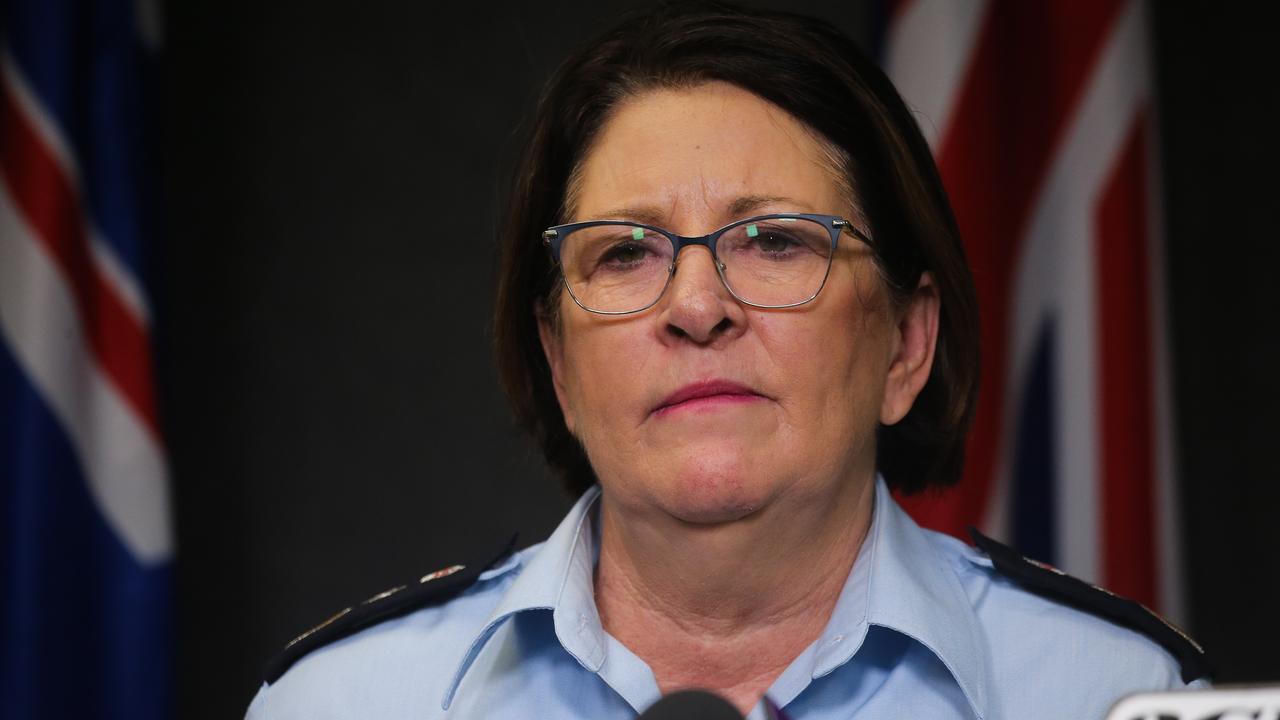‘Hard reading’: Damning report into NSW floods comes with hefty price tag
After a review into the NSW flood disaster was released last week, Dominic Perrottet has presented a second report at a heavy price to taxpayers.
A damning report into the NSW flood response that Premier Dominic Perrottet described as “hard reading” came with a hefty price tag.
NCA NewsWire can reveal the independent flood inquiry – which explored the same topic as a separate, public probe run by MPs that delivered its findings last week – cost $2.6m to conduct.
A Department of Premier and Cabinet spokesman explained that the sum of money was enough to pay for two expert reviewers, a 17-member team, and four principal advisors.
“The NSW flood inquiry has been a robust and extensive process,” the spokesman said.
“Experts in their relevant fields were engaged to conduct 144 meetings with communities and stakeholders, which generated 1500 submissions and a 700-page report.”
The floods in the Northern Rivers and Hawkesbury-Nepean killed 13 people during March and April of this year and left communities in ruin.

It prompted the NSW government to order an independent probe into the causes, preparedness, response and recovery from the “catastrophic flood event”.
The mammoth flood inquiry report and the government’s long-anticipated response were handed down on Wednesday, with Mr Perrottet fronting the media in Lismore where there were “apocalyptic scenes” and “trauma for many people” just months ago due to the floods.
The report was released two months ahead of schedule, a day after another report into the “flawed” hiring process of former deputy premier John Barilaro for a New York trade job and amid the fallout from revelations that former prime minister Scott Morrison secretly appointed himself to five ministries.
The independent inquiry, which was led by Independent Planning Commission chair Mary O’Kane and former NSW police commissioner Mick Fuller, made 28 recommendations that were all supported in principle or in full by the government.

The government said 22 of the recommendations were supported in principle because they required further work on implementation.
“Where a recommendation is supported in principle, government is committed to working towards the objective identified by the inquiry but has identified the need to undertake further analysis and consultation (particularly with the commonwealth, local councils and NSW agencies) on the best means of achieving this,” the state government said in its response.
Mr Perrottet acknowledged the report would be “hard reading” for some but said the government was committed to implementing the recommendations.
“For some in this report it will be hard reading, I accept that,” he said.
“But we cannot keep doing things the same way that we've done in the past.
“We need to do things differently and that’s exactly what the NSW government will do off the back of this report.”
The report’s findings were damning for recovery agency Resilience NSW, which will now be reformed into a new agency.

The inquiry noted that while many Resilience NSW staff “were dedicated” and “did their best in trying circumstances”, the organisation “did not perform as intended” during the floods.
The main criticisms it heard were directed at Resilience NSW’s “slowness” and “unresponsiveness”, while there was a widespread view of “failure” with the organisation’s leadership and planning.
Another independent inquiry into the floods tabled by Labor MP Walt Secord last week said Resilience NSW was a “massive failure” and he recommended it be abolished.
Mr Perrottet subsequently announced on Wednesday that Resilience NSW would be transformed into Recovery NSW, a “leaner, nimbler agency” that would focus on the first 100 days post event.
The government announced a full-time deputy commissioner of police would be established to permanently take on the state emergency operations controller responsibilities and lead Recovery NSW.
When asked about what this meant for Resilience NSW Commissioner Shane Fitzsimmons, Mr Perrottet called him an “absolute hero” and said the government would continue to work with him in the transition to Recovery NSW.

The NSW government committed to introducing legislation to establish a new permanent statewide reconstruction agency by the end of the year.
The NSW Reconstruction Authority will be focused on providing rapid and effective recovery and maximum mitigation of the impacts from future floods and other disasters.
The government also announced it would explore buyback and land-swap schemes as part of its flood recovery response, with expressions of interest expected to begin by the end of August.
“Those people who have lost their homes, who are in dire circumstances, we will work as a result of this report to implement a land swap and open buyback scheme that will be targeted in specific areas,” Mr Perrottet said.
“I know for many people that will provide uncertainty today in terms of eligibility, but that is something that we need to work through.
“The buyback scheme will obviously be very costly. I have reached out and contacted the Prime Minister this morning in relation to funding that we will work through.”
The government will also look at available public land that could be used for those schemes.
A partial merger of the State Emergency Service (SES) and the bigger NSW Rural Fire Service (RFS) was recommended, where the back-office and corporate service functions of the two organisations would be combined.
The proposed “joint-up” corporate structure would be under the command of the RFS, though the separate legislative identities, brands, uniforms and memberships of the respective organisations would be maintained.
The report found the SES “failed” to use the resources that were available to it and adhere to emergency management arrangements during the floods.
The inquiry found that SES members and their deployment system (Beacon) were “overwhelmed”, and that led to Beacon systems being turned off or ignored.
This included 3000 calls for the service never being actioned by the SES in one area, while calls directed from triple-0 were often not taken.
The NSW government said it “supported efforts” to improve frontline capability and streamline functions across agencies.
“There is a lot of sense … in relation to the back-office functions and combining them,” Mr Perrottet said.

“That is not an affront on any organisation, it is ensuring that we're able to gear up and make sure that our volunteers wherever they are in the SES or the RFS are given the support they need.”
Mr Perrottet confirmed NSW SES Commissioner Carlene York would remain in the role and called her a “strong leader” of the organisation.
The separate inquiry, led by parliamentarians, delivered its findings last week.
It contained brutal criticism of Resilience NSW and recommended scrapping the agency.
Originally published as ‘Hard reading’: Damning report into NSW floods comes with hefty price tag
Read related topics:Dominic Perrottet


